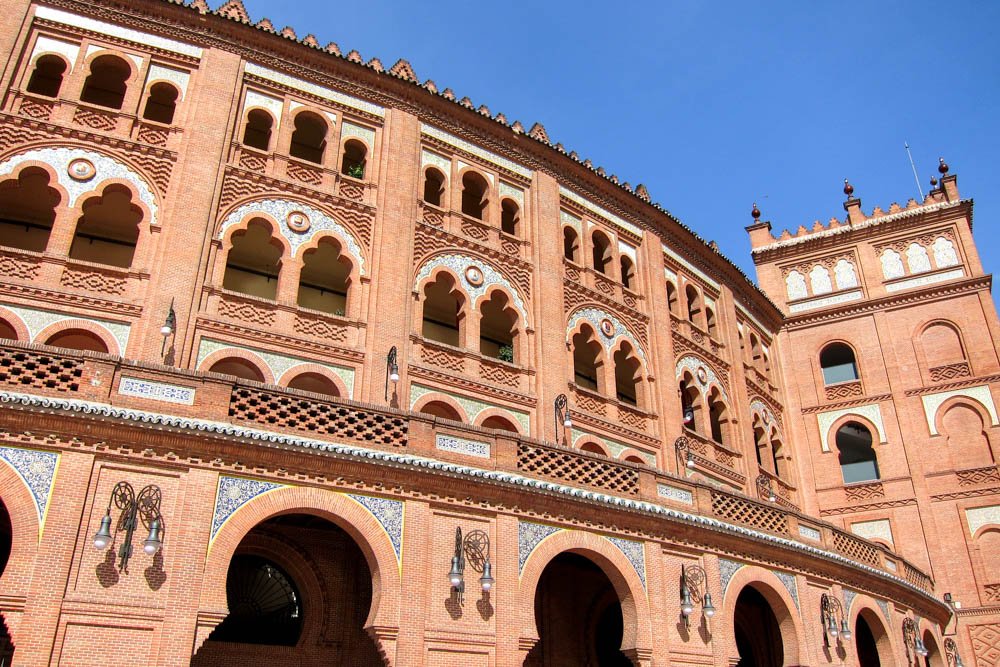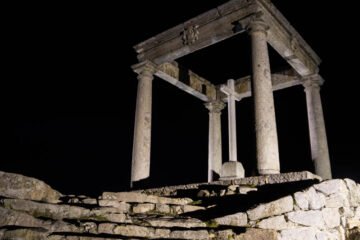Bullfighting: for or against?
In Spain some people call bullfighting art, some call it torture.
It depends a lot on demographics, usually older people are for bullfighting, and young people are against.
Geographically, there are big differences as well, the South of Spain is, in general, more inclined to maintain traditions.
Also, smaller towns in the rest of Spain are more fond of popular festivities, such as Holy Week processions and bullfighting.
The city of Pamplona is internationally known for the running of the bull, that ends with a bullfighting as well.

A brief history of bullfighting
In the Ancient Greece the bull-leaping was a game in which the acrobat would jump to dodge the bull. It was a non violent game, and the bull was sacred, so not really comparable.
Before de 16th century there are some documents that mention the running of bulls in some towns, and some games related with bulls, but not much evidence of anything similar to bullfighting.
It is in the 16th century that bullfighting starts to form itself. The Kings from the Habsburg Dinasty were very fond of this, and organised ‘corridas’ for their benefit.
The Church was often against bullfighting. For instance in the 16th century the bishop of Valencia, Saint Tomas of Villanueva, was an ‘activist’ against the cruelty of bullfighting. Paradoxically nowadays his festivity, every year, is celebrated with ‘corridas’ in his honor.
In the 18th century, with the Borbons Dinasty, bullfighting was banned numerous times, but it was still hold illegally, as it was already a big popular tradition.
Nowadays banned in some regions of Spain, protected in others
In the Canary Islands the law for the protection of animals is vague, so it is not clear if it is prohibited or not. The truth is that last time there were a ‘corrida’ in the Canary Island was 1984, but that is more related with the lack of tradition there and the cost of bringing the bulls to the islands.
In Catalonia it is banned since 2010, and this is probably related with some political movements, in this region, against the Spanish culture in general.
In the rest of Spain, Bullfighting is protected by law as part of the cultural heritage, and sponsor by governments who spend money in those festivities.
Bullrings, architectural jewels
Bullrings in Spain are often very beautiful buildings. The oldest ones are from the 18th century but most of them are newer, like Las Ventas in Madrid, that was build in the 20th century.
Traditionally ‘corridas’ were hold on temporary constructions, during the week of the festivities of each city. The matadors would constantly travel around the country, from one city to another, depending on the season. No city could afford to have bullfights all year long. This temporary bullrigns where built in the main square of each town (read our post about Plazas in Spain).

My personal opinion
And now, my personal opinion, because we all have one, and this is a free country! :)
Yes, bullfighting is a tradition, it is part of our culture. But so where the gladiator fights when we where part of the Roman Empire, or the burning of heretics in the stake when the Spanish Inquisition existed.
Do we need to preserve all kinds of traditions? Certainly not, not the barbarian ones. Societies need to evolve to a better self.
In any case, I believe than in a couple of generations bullfighting would die by itself, as young people don’t go to see it any more, with a few exceptions in some towns.
What do you think?
Have you ever seen a corrida?



